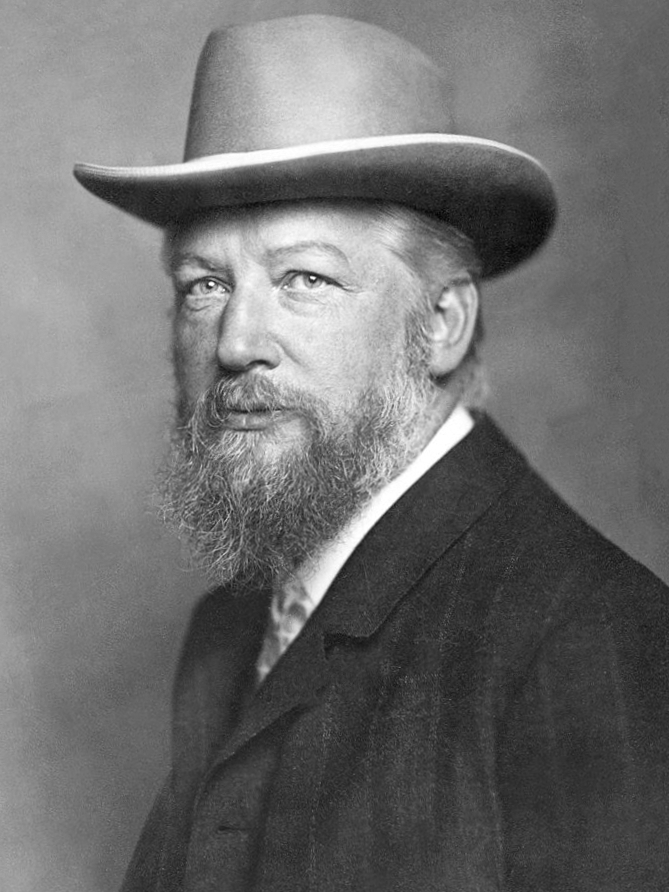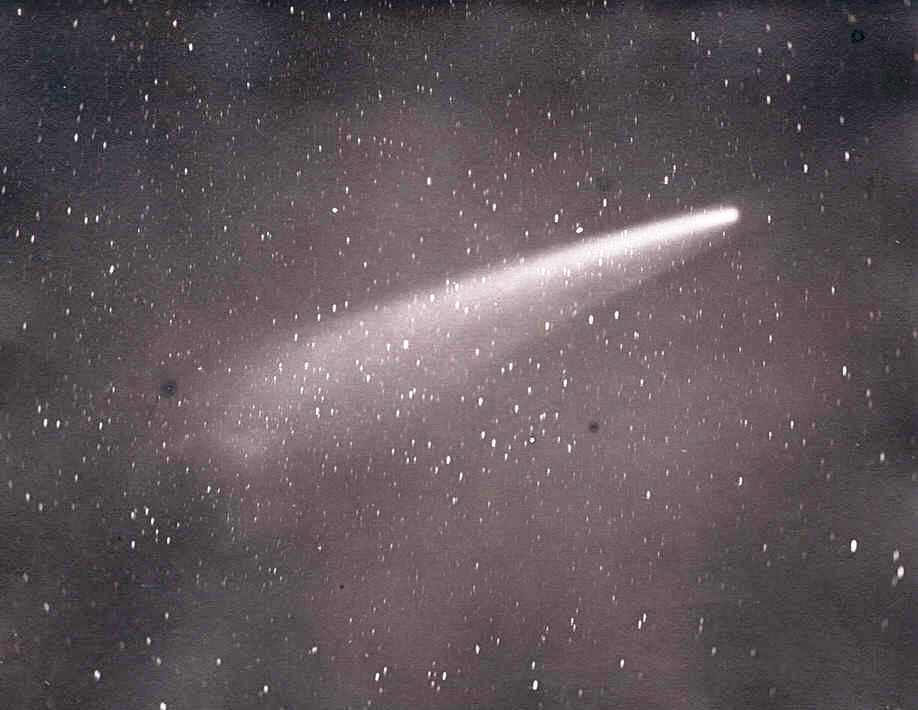|
Juozas Tūbelis
Juozas Tūbelis (9 April 1882 – 30 September 1939) was a Lithuanian politician, Prime Minister, and member and chairman of the Lithuanian Nationalists Union. In 1908, he graduated from Polytechnical Institute in Riga receiving a diploma in agronomy. Not being able to find employment in his field, for another two years, he worked in Riga as a teacher, and then on land exploitation projects. In 1915, he was drafted to the Russian army. He was able to assist the Lithuanian Society for the Relief of War Sufferers, which helped out refugees and others suffering from war. He traveled across Russia, and in 1918, he returned to Lithuania, and worked for the Council of Lithuania at an education commission. On 11 November 1918, Tūbelis became Minister of Agriculture and State Treasures. On 12 March 1919, he had to resign from the post, but became Minister of Education till 19 June 1920. From September 1929, he was Minister of Finance. He held this position until 24 March 1938. On 23 Septe ... [...More Info...] [...Related Items...] OR: [Wikipedia] [Google] [Baidu] |
Prime Minister Of Lithuania
The prime minister of Lithuania (, , colloquially also referred to as the premier ) is the head of government of Lithuania. The prime minister is appointed by the President of Lithuania, president with the assent of the Lithuanian parliament, the Seimas. The modern office of prime minister was established in 1990, when Lithuania declared its independence, although the official title was "Chairperson of the Council of Ministers" until 25 November 1992. Historically, the title of prime minister was also used between 1918 and 1940. This was during the original Republic of Lithuania, which lasted from the collapse of the Russian Empire until the country's annexation by the Soviet Union. List Republic of Lithuania (1918–1940) Following the 1940 Soviet ultimatum to Lithuania, ultimatum in June 1940, the forces of Soviet Union entered Lithuania, prompting President Antanas Smetona to flee the country. Antanas Merkys, who assumed the position of acting president in accordance with ... [...More Info...] [...Related Items...] OR: [Wikipedia] [Google] [Baidu] |
Riga Technical University
Riga Technical University (RTU) () is the oldest technical university in the Baltic countries established on October 14, 1862. It is located in Riga, Latvia and was previously known as Riga Polytechnical Institute and Riga Polytechnicum. In 1958, the Riga Polytechnic Institute was established as a separate institution, separating the departments of engineering from the Latvian State University. Over the years, the Riga Polytechnic Institute evolved and expanded its academic offerings, becoming one of the leading technical universities in the region. In 1990, it was renamed Riga Technical University (RTU), and today, it has nine faculties and is the largest STEM-oriented university in Latvia. In the 2022 QS EECA university rankings, RTU was ranked 57th among the universities in Eastern Europe and Central Asia. History Riga Polytechnical Institute (1862–1918) Riga Polytechnicum was first established in 1862 and was the first polytechnical institute in Imperial Russia. It o ... [...More Info...] [...Related Items...] OR: [Wikipedia] [Google] [Baidu] |
1939 Deaths
This year also marks the start of the World War II, Second World War, the largest and deadliest conflict in human history. Events Events related to World War II have a "WWII" prefix. January * January 1 ** Coming into effect in Nazi Germany of: *** The Protection of Young Persons Act (Germany), Protection of Young Persons Act, passed on April 30, 1938, the Working Hours Regulations. *** The small businesses obligation to maintain adequate accounting. *** The Jews name change decree. ** With his traditional call to the New Year in Nazi Germany, Führer and Reich Chancellor Adolf Hitler addresses the members of the National Socialist German Workers' Party (NSDAP). ** The Hewlett-Packard technology and scientific instruments manufacturing company is founded by Bill Hewlett and David Packard, in a garage in Palo Alto, California, considered the birthplace of Silicon Valley. ** Philipp Etter takes over as President of the Swiss Confederation. ** The Third Soviet Five Year P ... [...More Info...] [...Related Items...] OR: [Wikipedia] [Google] [Baidu] |
1882 Births
Events January * January 2 ** The Standard Oil Trust (business), Trust is secretly created in the United States to control multiple corporations set up by John D. Rockefeller and his associates. ** Irish-born author Oscar Wilde arrives in New York at the beginning of a lecture tour of the United States and Canada. * January 5 – Charles J. Guiteau is found guilty of the assassination of James A. Garfield (President of the United States) and sentenced to death, despite an insanity defense raised by his lawyer. * January 12 – Holborn Viaduct power station in the City of London, the world's first coal-fired public electricity generating station, begins operation. February * February 3 – American showman P. T. Barnum acquires the elephant Jumbo from the London Zoo. March * March 2 – Roderick Maclean fails in an attempt to assassinate Queen Victoria, at Windsor, Berkshire, Windsor. * March 18 (March 6 Old Style) – The Principality of Serbia becomes ... [...More Info...] [...Related Items...] OR: [Wikipedia] [Google] [Baidu] |
Encyclopedia Lituanica
''Encyclopedia Lituanica'' (likely named after ''Encyclopædia Britannica'' or ''Encyclopedia Americana'') is a six-volume (about 3600-page) English language encyclopedia about Lithuania and Lithuania-related topics. It was published between 1970 and 1978 in Boston, Massachusetts by Lithuanian Americans who fled Soviet occupation at the end of World War II. To this day, it remains the only such comprehensive work on Lithuania in the English language. The encyclopedia was compiled and published by the same individuals who had published '' Lietuvių enciklopedija'', a 35-volume general encyclopedia in the Lithuanian language, in 1953-1966. Later, two volumes of additions and supplements were added and the 37th and last volume was published in 1985. The undertaking was made extremely complicated by the fact that most sources and resources were behind the Iron Curtain in the Soviet Union The Union of Soviet Socialist Republics. (USSR), commonly known as the Soviet Union, was ... [...More Info...] [...Related Items...] OR: [Wikipedia] [Google] [Baidu] |
Jadvyga Tūbelienė
Jadvyga Tūbelienė (née Chodakauskaitė) (January 11, 1891 – October 4, 1988) was one of the founders of the Lithuanian Women's Council, a writer, journalist, head of the Information Bureau in Bern and Paris, and Deputy chief of mission, Deputy Chief of Mission to Switzerland. She was also married to Juozas Tūbelis, the longest-standing Prime Minister of Lithuania. She was involved in many charity organizations and is considered one of the most influential women in interwar Lithuania. Jadvyga was a member of the Chodakowski Family, Chodakowski noble family. Early life and education (1891–1909) Jadvyga Chodakauskaitė was born on January 11, 1891, at Gavėnonys Estate, near in Pakruojis District, to Antanas Chodakauskas (1850–1925) and Maria-Joanna Chodakowska (1852–1910). She had two older brothers, Romanas Chodakauskas (1883–1932) and Tadas Chodakauskas (1889–1959), and one older sister, Sofija Smetonienė (1884–1968). Jadvyga was baptized on February 17, 1891 ... [...More Info...] [...Related Items...] OR: [Wikipedia] [Google] [Baidu] |
Great Depression
The Great Depression was a severe global economic downturn from 1929 to 1939. The period was characterized by high rates of unemployment and poverty, drastic reductions in industrial production and international trade, and widespread bank and business failures around the world. The economic contagion began in 1929 in the United States, the largest economy in the world, with the devastating Wall Street stock market crash of October 1929 often considered the beginning of the Depression. Among the countries with the most unemployed were the U.S., the United Kingdom, and Weimar Republic, Germany. The Depression was preceded by a period of industrial growth and social development known as the "Roaring Twenties". Much of the profit generated by the boom was invested in speculation, such as on the stock market, contributing to growing Wealth inequality in the United States, wealth inequality. Banks were subject to laissez-faire, minimal regulation, resulting in loose lending and wides ... [...More Info...] [...Related Items...] OR: [Wikipedia] [Google] [Baidu] |
Lithuanian Litas
The Lithuanian litas (ISO 4217, ISO currency code LTL, symbolized as Lt; plural ''litai'' (nominative) or ''litų'' (genitive) was the currency of Lithuania, until 1 January 2015, when it was replaced by the euro. It was divided into 100 Cent (currency), centų (genitive case; singular ''centas'', nominative plural ''centai''). The litas was first introduced on 2 October 1922 after World War I, when Lithuania declared independence, and was reintroduced on 25 June 1993 following a period of currency exchange from the Soviet ruble to the litas with the temporary Lithuanian talonas, talonas then in place. The name was modeled after the name of the country (similar to Latvia and its Latvian lats, lats). From 1994 to 2002, the litas was Fixed exchange rate, pegged to the U.S. dollar at the rate of 4 to 1. The litas was pegged to the euro at the rate of 3.4528 to 1 since 2002. The euro was expected to replace the litas by 1 January 2007, but persistent high inflation and the economic ... [...More Info...] [...Related Items...] OR: [Wikipedia] [Google] [Baidu] |
1926 Lithuanian Coup D'état
The 1926 Lithuanian coup d'état ( Lithuanian: ) was a military coup d'état in Lithuania that replaced the democratically elected government with a authoritarian regime led by Antanas Smetona. The coup took place on 17 December 1926 and was largely organized by the military; Smetona's role remains the subject of debate. The coup brought the Lithuanian Nationalist Union, the most conservative party at the time, to power. Previously it had been a fairly new and insignificant nationalistic party. By 1926, its membership reached about 2,000 and it had won only three seats in the parliamentary elections. The Lithuanian Christian Democratic Party, the largest party in the Seimas at the time, collaborated with the military and provided constitutional legitimacy to the coup, but accepted no major posts in the new government and withdrew in May 1927. After the military handed power over to the civilian government, it ceased playing a direct role in political life. Background Lithu ... [...More Info...] [...Related Items...] OR: [Wikipedia] [Google] [Baidu] |
Bank Of Lithuania
The Bank of Lithuania () is the national central bank for Lithuania within the Eurosystem. It was the Lithuanian central bank from 1922 to 2014, albeit with a long suspension between 1940 and 1993. It issued the Lithuanian litas between 1922 and 1940, the Lithuanian talonas in 1991-1993, then a second litas from 1993 to 2014. Since 2015, it has also been Lithuania's national competent authority within European Banking Supervision. History The Bank of Lithuania was first established in Kaunas on 27 September 1922. Its first governor was Vladas Jurgutis. The first task of the bank was to replace German ostmark and ostrubel, which circulated after the World War I, with the new Lithuanian currency, the litas. The bank's mandate extended beyond a pure monetary authority, as it also entailed a developmental role with the possibility of allocating short-term credit to industry and agriculture. In 1931, the bank became a member of the Bank for International Settlements (BIS) ... [...More Info...] [...Related Items...] OR: [Wikipedia] [Google] [Baidu] |
Council Of Lithuania
In the history of Lithuania, the Council of Lithuania (; ; ), after July 11, 1918, the State Council of Lithuania () was convened at the Vilnius Conference that took place between 18 and 23 September 1917. The twenty men who composed the council at first were of different ages, social statuses, professions, and political affiliations. The council was granted the executive authority of the Lithuanian people and was entrusted to establish an independent Lithuanian state. On 16 February 1918, the members of the council signed the Act of Independence of Lithuania and declared Lithuania an independent state based on democratic principles. 16 February is celebrated as Lithuania's State Restoration Day. The council managed to establish the proclamation of independence despite the presence of German troops in the country until the autumn of 1918. By the spring of 1919, the council had almost doubled in size. The council continued its efforts until the Constituent Assembly of Li ... [...More Info...] [...Related Items...] OR: [Wikipedia] [Google] [Baidu] |
Lithuanian Society For The Relief Of War Sufferers
The Lithuanian Society for the Relief of War Sufferers () was a Lithuanian charity organization that was active from 1914 to 1918. It was founded by various Lithuanian political figures as a committee to assist Lithuanian refugees of the First World War, gradually turning into an organization supporting Lithuanian education and independence. History Origins The organization was first established in August 1914 as the Lithuanian Provisional Committee for the Relief of Victims of War by the initiative of the Lithuanian political center, an unofficial organization of representatives of various Lithuanian political parties (except social democrats). The committee initially hosted more than 1000 refugees at the start of the war. As the number of refugees grew, it was renamed to the Lithuanian Society for the Relief of Victims of War. Activity The organization was initially centered in Vilnius, Lithuania. In 1915, up to 120 offices provided assistance for refugees, and the organizati ... [...More Info...] [...Related Items...] OR: [Wikipedia] [Google] [Baidu] |








